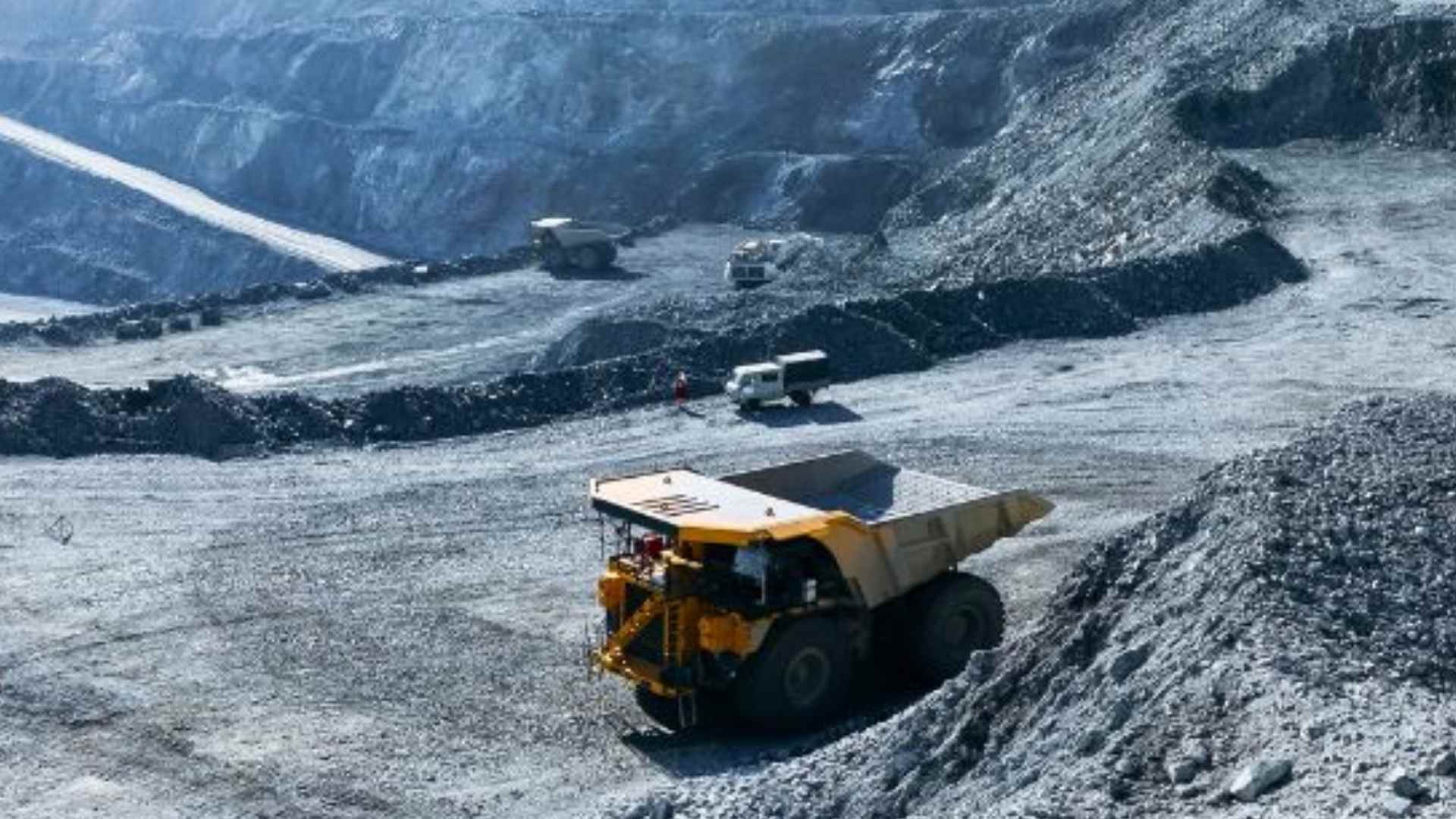Recent geological research has revealed that the McDermitt Caldera, located on the Oregon-Nevada border, may hold one of the largest lithium reserves in the United States—potentially valued at $1.5 trillion. Experts say this discovery could reshape America’s role in the global battery supply chain.
In fact, estimates suggest between 20 and 40 million metric tonnes of lithium lie beneath the ancient caldera’s claystone, far surpassing earlier projections. But who stands to gain, and what might this mean for local communities?
Why the McDermitt Caldera’s newly estimated lithium supply is turning heads nationwide
A supervolcanic eruption formed the McDermitt Caldera roughly 16.4 million years ago. The event left behind mineral-rich lakebed sediments that, over time, became saturated with high-value lithium. Although the region’s lithium potential has been known for years, the latest figures dwarf prior assessments that placed US lithium resources at around 18 million tonnes.
At the southern end of the caldera in Nevada, Lithium Americas is leading the Thacker Pass project, slated to begin extraction in 2026. The operation already benefits from more than $2 billion in government loans and significant private investments. Meanwhile, on the Oregon side, Jindalee Resources is exploring a similarly large deposit that could outsize other domestic sources.
Wondering how all that lithium translates into dollars? Current market prices for battery-grade lithium carbonate hover near $37,000 per metric ton, making a 40-million-tonne haul worth well over a trillion dollars

